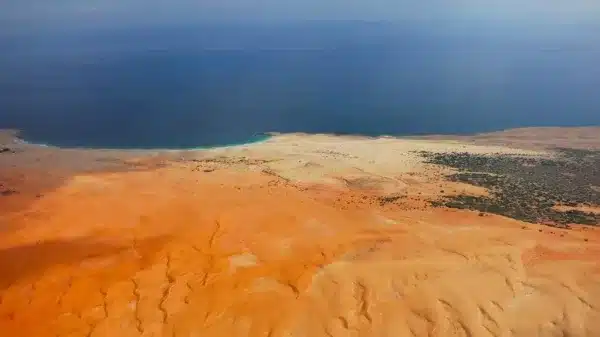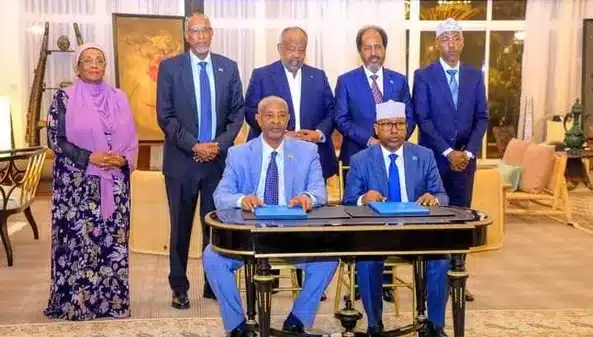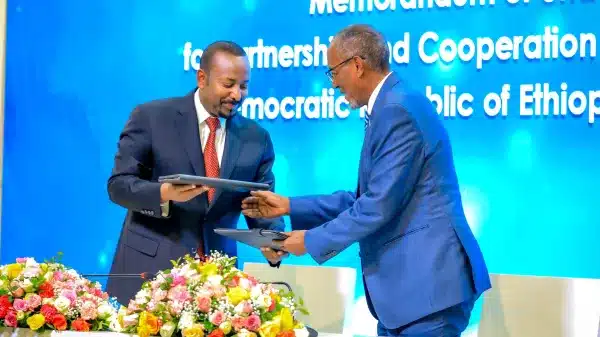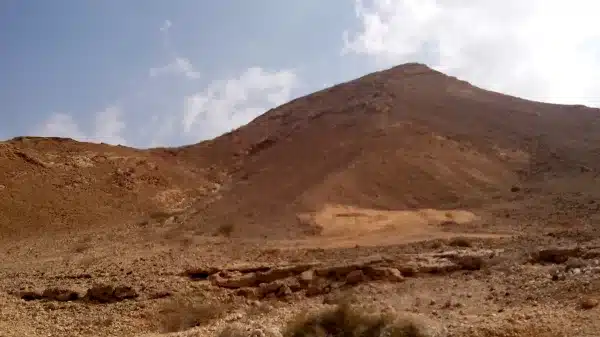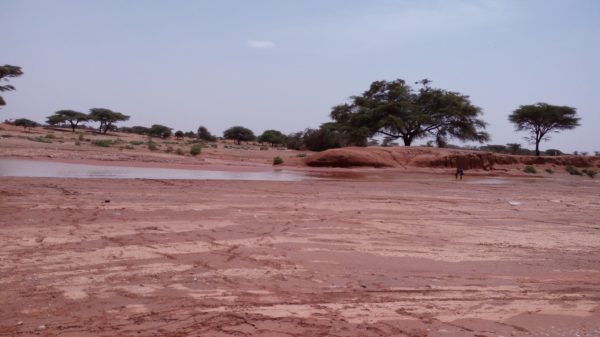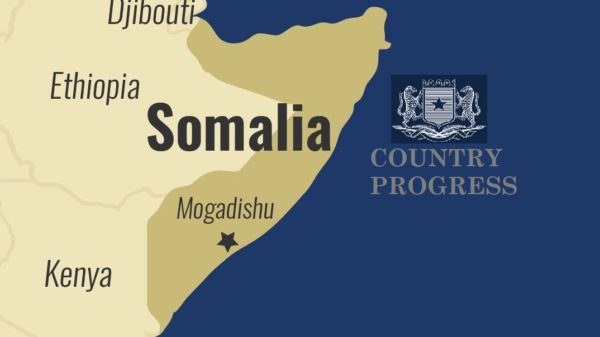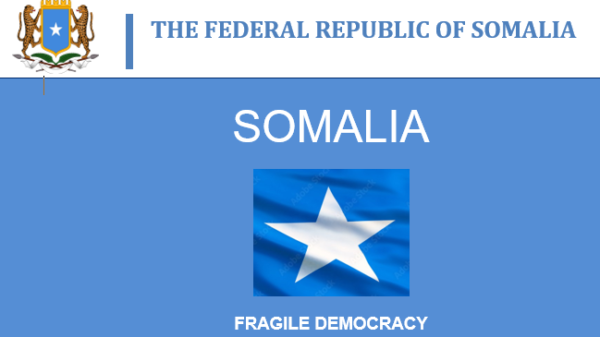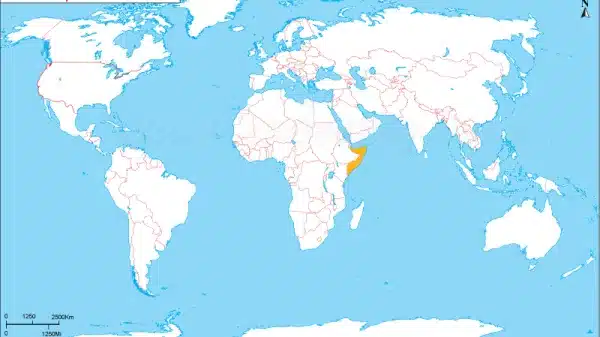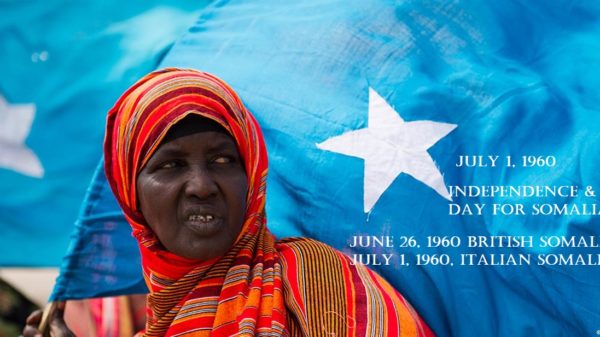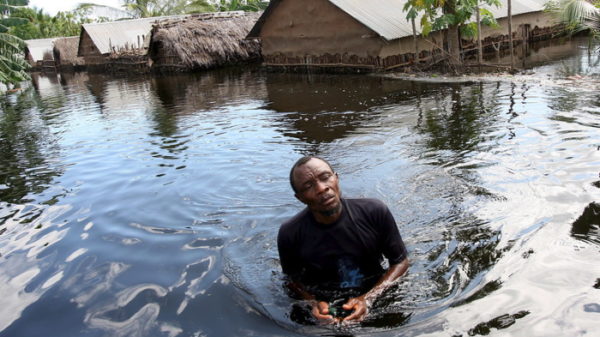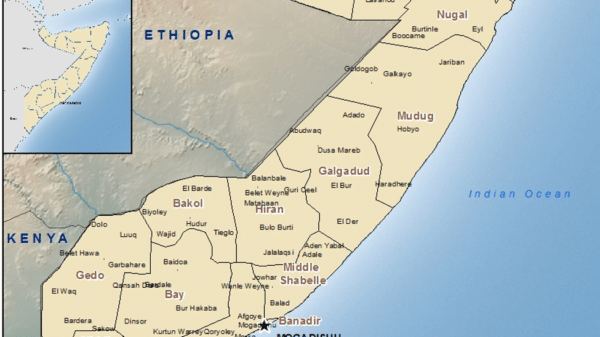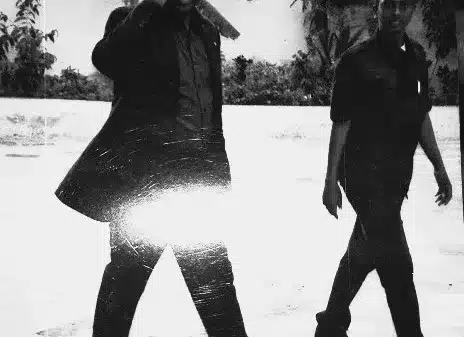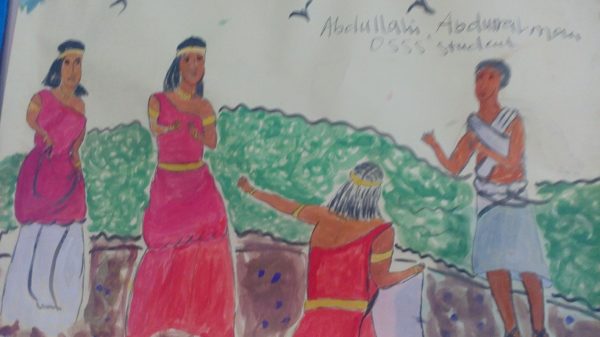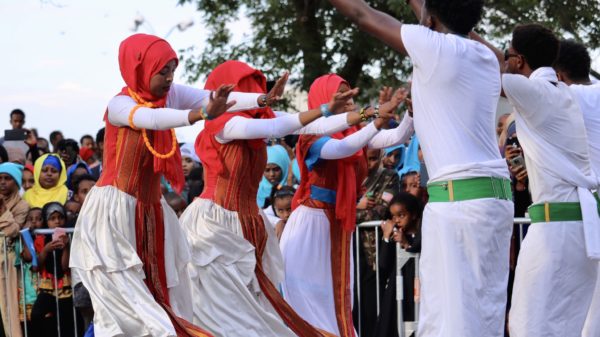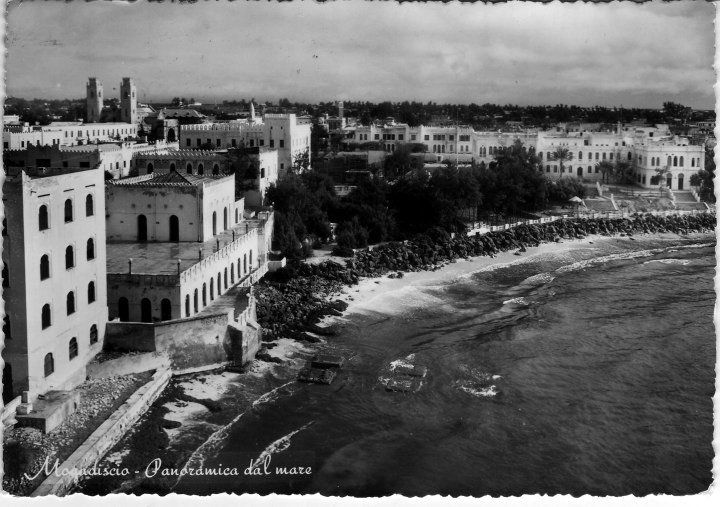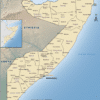The Civil War Period in Somalia
State of Anarchy in Somalia from April 1991 to May 2001
The country has been plagued by years of instability, conflict, and civil war. The collapse of the Somali state in 1991 was a pivotal moment in the country’s history, with the subsequent period of civil war lasting for a decade. The country’s institutions, infrastructure, and governance structures suffered significant damage during this period, resulting in the loss of life, displacement of millions, and destruction of the economy. In this blog post, we will examine the events that led to the collapse of the Somali state, the factors that contributed to the civil war, and the consequences of this period on the country’s socio-political fabric.
The Collapse of the Somali State and the subsequent Civil War, which lasted from April 1991 to May 2001, is a period marked by significant political turmoil and humanitarian crisis. This article aims to delve into various aspects of this tumultuous period, including the functions and reconciliations of power actors, the role of the international community, and the impact of external factors on the Somali State.
During President Siad Barre’s lengthy reign, characterized by the centralization of power and political hostility both regionally and globally, resistance to his leadership began to mount. This resistance, fuelled by the rapid deterioration of the country, eventually led to the overthrow of Barre by allied clan militias in early 1991, resulting in the collapse of the Somali State. Subsequently, intense fighting erupted between rival clans vying for limited resources and territory, plunging the country into chaos. This internal conflict gave rise to a manmade famine and necessitated international intervention.
In response to the escalating crisis, the United Nations initiated a humanitarian mission in 1993, receiving support from international forces. However, following the tragic incident known as Black Hawk Down, wherein two American Sikorsky UH-60 Black Hawk helicopters were shot down in Mogadishu, leading to the loss of 21 international forces’ lives and the injury of 82 others, the international community largely withdrew its support by 1995.
As the civil war unfolded and continued for over a decade, Somalia, once a formidable military power in Africa, spiraled into a state of political and economic decline. The nation, once a force to be reckoned with, became a focal point for peacemaking efforts spearheaded by the African Union and the wider global community. The failed UN humanitarian and peacekeeping mission from 1993 to 1995 led to a “wait and see policy,” wherein the world cautiously observed the crisis in Somalia, a policy that persisted until the year 2001.
It was on 2nd May 2001 that a significant turning point occurred. A national reconciliation and state-building conference, bringing together the warring political factions of Somalia, was convened in the small town of Djibouti. This pivotal conference resulted in the establishment of the first Transitional National Government (TNG) since the collapse of the central government in 1991. This event signified a glimmer of hope for Somalia, as efforts towards stability and rebuilding commenced.
In conclusion, the Collapse of the Somali State and the subsequent Civil War period from April 1991 to May 2001 witnessed the erosion of political institutions, the disintegration of social structures, and the exacerbation of a humanitarian crisis. This dark era in Somali history saw the intervention and withdrawal of the international community, as well as a series of reconciliation conferences that met with varying degrees of success. It is essential to understand the functions, external factors, and the role of the international community and neighboring states in comprehending the dynamics of the Somali Civil War fully. The path to restoring peace and stability in Somalia was a long and arduous one, marked by challenges and setbacks that reverberate to this day.
To gain a better understanding of this tumultuous period in Somalia’s history, consider to read more: Unraveling the Collapse of the Somali State: Examining the Somali State and Civil War Period (April 1991 – May 2001)
Feedback
Dear reader your feedback is very important to and will help us improve our work, so please leave a comment. Thank you
Author
-
Strategic Communication Specialist and Consultant, graduated from The Ohio State University with Strategic Communication major and Journalism. Follows the social and political changes of the wider East Africa region, with keen interest of the Somali news and issues, with over 12 years media and communication experience in the region.




